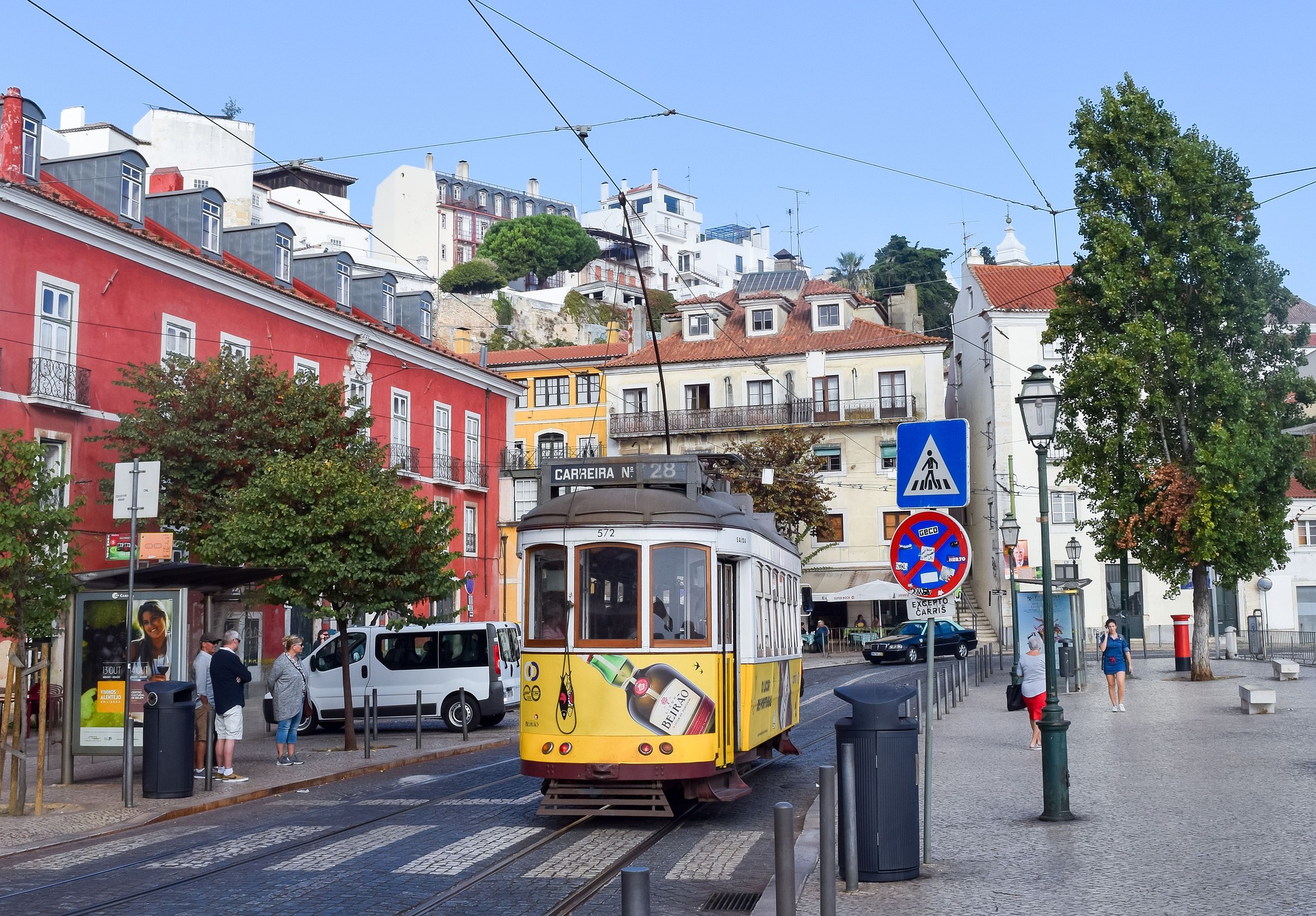Unveiling the Mystique of Dark Tourism: A Fascinating Journey Into the Shadows
The world is a veritable treasure trove of experiences, each one unique and intriguing in its own right. While some people seek sunny beaches and picturesque landscapes, others are drawn to the lesser-known corners, the ones that hide intriguing stories and dark histories. Welcome to the world of 'Dark Tourism,' a sector that is gaining traction for its exotic allure and challenging narratives.
A Dive into the Shadows: The Emergence of Dark Tourism
Dark tourism, or grief tourism, is the act of traveling to places historically associated with death and tragedy. The term was coined in the late 1990s by scholars Lennon and Foley, but the concept has been around much longer. From the Roman gladiatorial games to the medieval public executions, people have always been drawn to sites of death and suffering. Today, these places range from former prisons and battlefields to disaster sites and places of genocide.
The Lure of the Dark: Why Dark Tourism?
Dark tourism is not about morbid fascination alone. It’s a complex blend of curiosity, education, remembrance, and reflection. It allows travelers to better understand the past and its impact on the present. It’s about acknowledging the darker side of humanity and learning from it.
Visiting the Auschwitz-Birkenau concentration camps, for instance, is a stark reminder of the horrors of the Holocaust. Exploring the ruins of Pompeii gives insights into the destructive power of nature. These experiences can be emotional, thought-provoking, and profoundly transformative.
The Dark Side of Dark Tourism: Ethical Considerations
While dark tourism offers unique learning experiences, it also raises several ethical concerns. There’s a fine line between remembering the past and exploiting it. How do we ensure that these sites aren’t commercialized at the expense of their historical and emotional significance?
Moreover, the growing popularity of dark tourism has led to the creation of pseudo-dark or ‘thrill’ tourism, with sites that have no historical significance but are created merely for their shock value. This trend dilutes the essence of dark tourism and turns it into a form of entertainment.
The Impact of Dark Tourism: A Double-Edged Sword
On one hand, dark tourism helps preserve historical sites, promotes education, and encourages dialogue about past atrocities. It also boosts local economies by attracting tourists. On the other hand, it can trivialize serious events, desensitize people to suffering, and inadvertently glorify perpetrators. It’s a delicate balance that requires careful management.
A Fascinating Journey into the Shadows: Dark Tourism in Practice
-
Visit the Hiroshima Peace Memorial Park in Japan, which commemorates the victims of the atomic bombing in 1945.
-
Explore the Catacombs of Paris, a network of underground ossuaries holding the remains of over six million people.
-
Delve into the Chernobyl Exclusion Zone in Ukraine, site of the world’s worst nuclear disaster.
-
Walk through the Killing Fields in Cambodia, where over a million people were killed during the Khmer Rouge regime.
The Dark and the Light
Dark tourism is a complex and controversial sector that challenges our understanding of travel. It invites us to explore the shadows, to confront the chilling realities of our past, and to learn from them. It’s not about seeking thrills or feeding morbid curiosities. It’s about reflection, empathy, and respect for history. It’s about facing the darkness to appreciate the light. So, the next time you plan a trip, consider stepping off the beaten path. You never know what lessons you might learn from the shadows.





